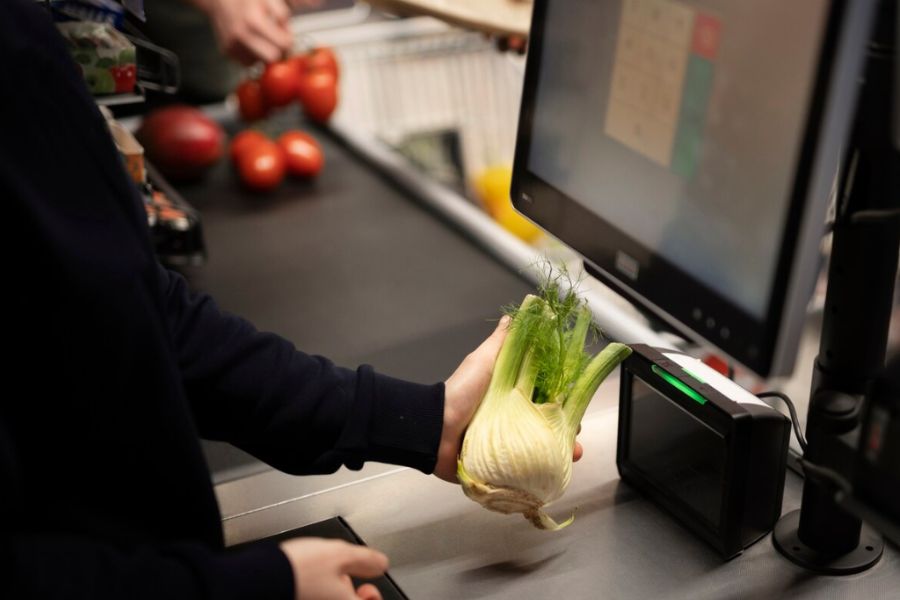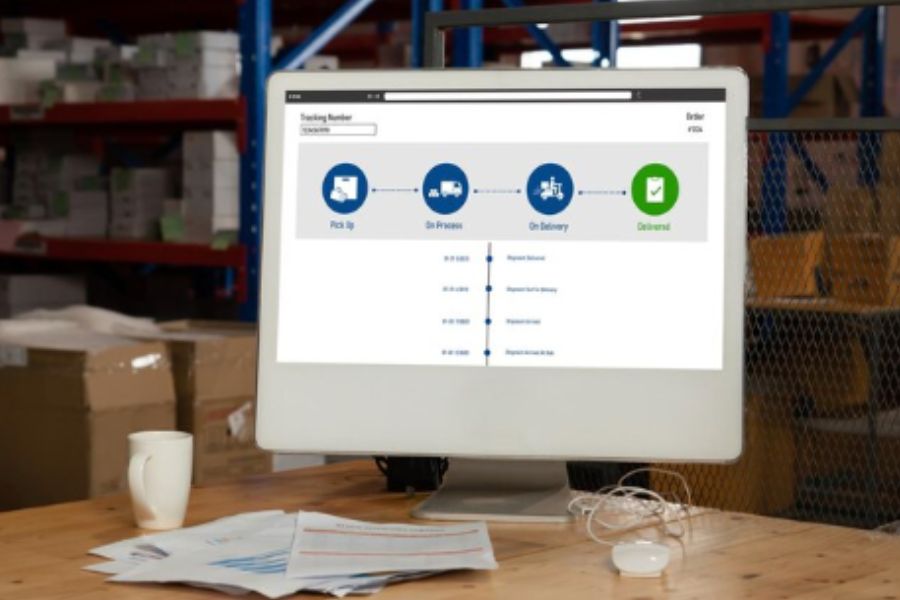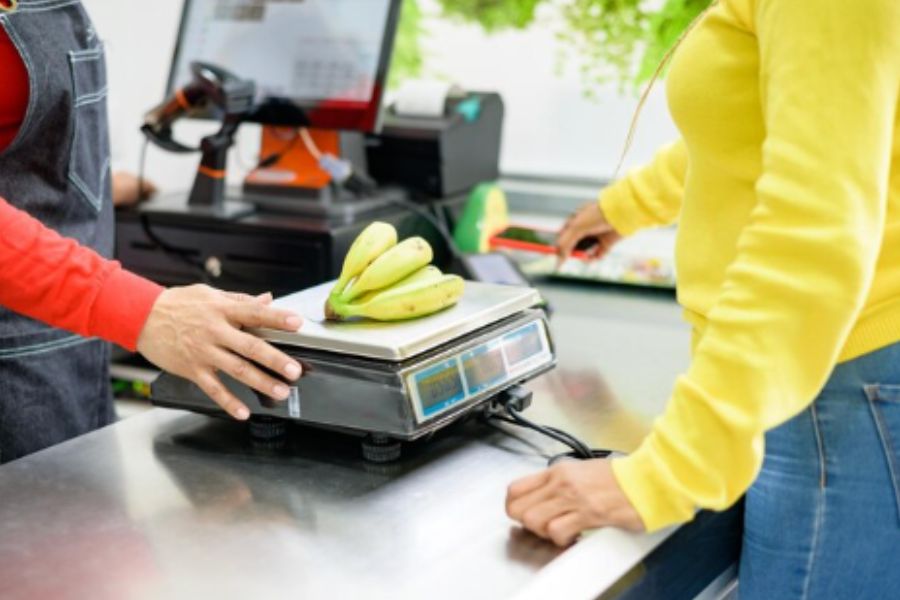Pricing your items correctly is a tricky balancing act. A cheap price isn’t always the best option, since the product may generate a constant flow of sales without making any money. On the other hand, if the pricing is too high, customers will be less likely to purchase in your store. To balance this out, many retailers choose to create price groups. What exactly are price groups, and what are the tips to create an efficient tetail price group? In this blog, we will try to answer these questions.
What is a price group in retail?
A price group refers to a collection of prices applied to a specific group of clients in pricing strategies. To put it another way, it’s a technique of offering discounted pricing that isn’t available for everyone. Businesses achieve this by categorizing a group of clients and setting a price for that group.
How can efficient price groups benefit your business?
If a retail store uses price groups, customers can be treated well depending on their loyalty and engagement. First-time purchasers, for example, are encouraged to buy at a discount. Meanwhile, loyal clients are rewarded with unique discounts in exchange for their continued support. In the long term, this will help to boost your company’s trust and reputation.
Moreover, retailers can also build targeted marketing campaigns based on price groups. This can help strengthen the customer base and thus build a more strategic business plan.
In reality, group pricing is often used in combination with customer groups. You should utilize group pricing if you want to give a discount to a certain customer group on a few items. Having a clear price group plan can help you in this vision.
How to create efficient price groups?
Now that you know the basics of retail price groups, it’s time to explore some tips about how to create efficient pricing plans.
Define clear goals
Before executing or coming up with a plan, retailers need to define the goals of customer segmentation. Ask yourself questions such as “Do retail price group benefit the industry that your store is operating in?”. For example, stationery shops should of course have discounts for students, but it is not necessarily the case for CBD stores.
In this aspect, it’s worth remembering that your customer segmentation goals will be distinctive to your organization. Without a doubt, segmenting consumers isn’t a one-size-fits-all model. Therefore, having a clear goal in mind can help you go in the right direction – instead of following the majority.
Pay attention to customer groups’ characteristics
Every customer group has its own privileges to receive special prices. It is common knowledge that wholesalers often get discounts because they buy in large quantities. Meanwhile, students can receive special prices because they are encouraged to study and (probably) haven’t been able to make money yet.
Whatever the case, it is important to note that not every customer group is similar, and how they apply to B2B or B2C companies also differs. In B2B marketing, companies are more concerned with the job titles of decision-makers, the industrial sector, whether the firm is public or private, its size, location, buying patterns, and the technology they have. Meanwhile, in B2C, geographic location may also be an important factor. Based on that, customers can be more efficiently segmented depending on their characteristics.
Seek technological support
The next concern is how to make this procedure easier and less error-prone, considering that your store may have a high number of consumers. In terms of technology, there are a variety of consumer segmentation software options available today. Another way is to utilize a POS system with a customer group feature. Many other business processes, such as transaction processing, may be combined with the retail price group.
Consider the case of ConnectPOS. Merchants may quickly build and add customer groups based on transaction data using this point-of-sale software. This is really useful when your employees wish to directly add discounts to certain groups in the system. If you want to know more about this software, there is a 14-day free trial suitable for exploring the system in more detail.
Ask for feedback
Employee opinions of your organization and its strategic direction are frequently overlooked in retail price group plans. You may learn a lot about what’s working and what isn’t by listening to the individuals who really carry out your ideas, from top managers to entry-level recruits.
Moreover, it can also be beneficial to ask for feedback from customers – who directly influence the success of group pricing. Creating an online survey or simply asking them after purchase are great ways to get input and start reflecting on the price group strategies.
Make price groups sync with other operations
As a retailer, you might already know that different operations or departments do not work independently. Indeed, sales have to work with marketing, inventory control has to work with finances, etc. When it comes to the retail price group, it is not the exception. For this reason, it would be better to have a single system that handles these operations together in one place. Having a unified system like this can minimize errors and save a lot of time for retailers.
For example, the point-of-sale system is the heart of your business; it’s where everything comes together, including sales, inventory management, payment processing, and client management. Make sure price groups can sync with other operations if you’re using this system. For example, it should be synchronized with sales, so that the cashiers can add the customer group while checking out for customers.
Wrapping up
With so many group pricing tips, segmenting different types of price, along with the price management of client groups that it entails, deserves special consideration. In order to improve the customer base and boost sales, group pricing approaches have been proven to be beneficial. We hope that this blog can give you a closer look into the retail price group and how to create it in the most efficient way.
As mentioned before, a point of sale system could be highly beneficial when it comes to implementing price groups in retail. If you are interested in ConnectPOS, our team is always ready to help! Contact us for more information.



